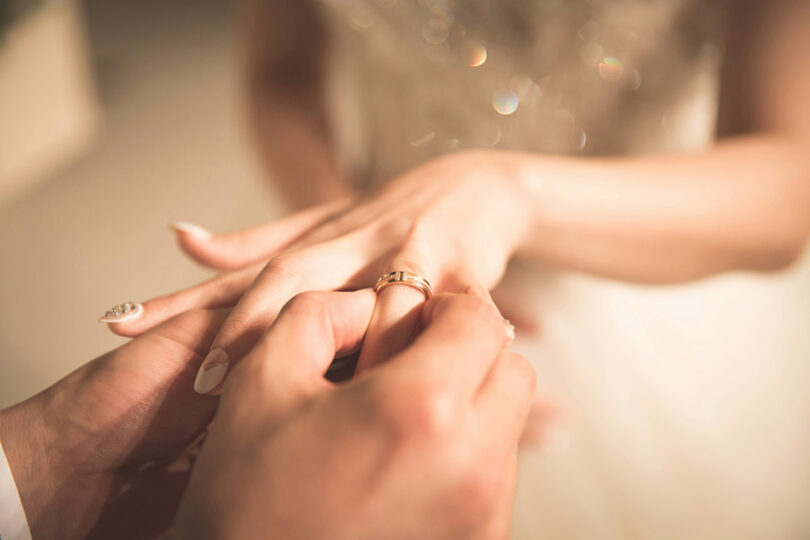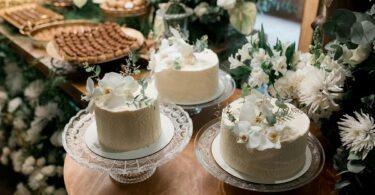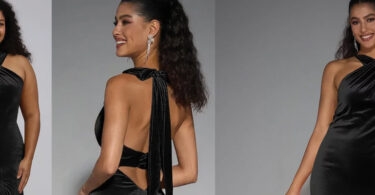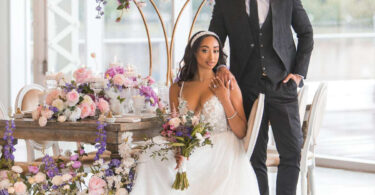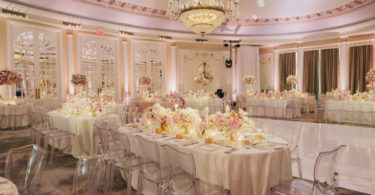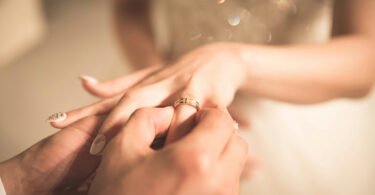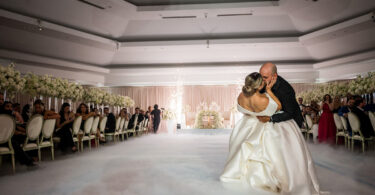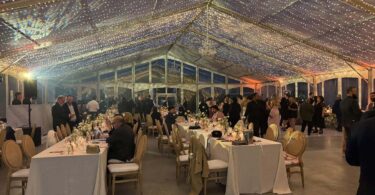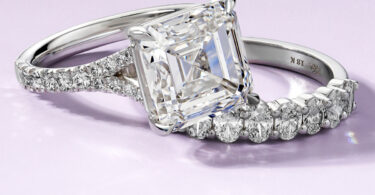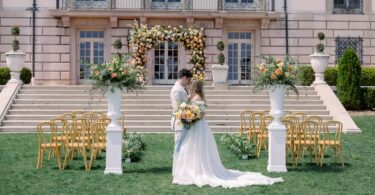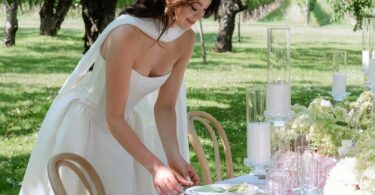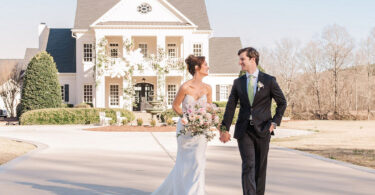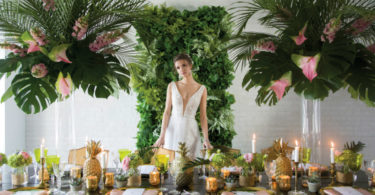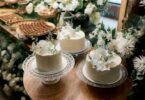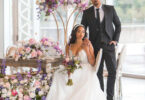Daily inspiration
Keep Wedding Desserts Fresh with Cold Display Cases
Elegant Winter Wedding Guest Dresses
Discover stunning winter wedding guest dresses with AW Bridal.
Step into a dreamy pink-themed wedding wonderland
This pink paradise extends beyond the visuals; from bridesmaids' dresses to pink groomsmen's...
STUNNING BLUSH PINK WEDDING AT THE RITZ
This blush pink wedding is serious eye candy To say Joanna and Allan’s blush pink...
168®合法飞艇开奖结果查询体彩网-168历史查询®168飞艇75秒获取历史记录数据+最新飞开艇直播视频 Spotlight Feature
Where Love, 168®合法飞艇开奖结果查询体彩网-168历史查询®168飞艇75秒获取历史记录数据+最新飞开艇直播视频,Luxury, and Craftsmanship Meet
Château Vaudreuil: The Perfect Place to Plan Your Wedding
Your wedding day deserves what’s best.
Plaza Rive-Nord: A Wedding Under the Stars
Celebrate your wedding at Plaza Rive-Nord a magical reception in a stunning outdoor tent.
From “Yes!” to “I Do”: Crafting Forever with Ex Aurum Jewellers
We don’t just create jewellery—we become part of your love story.
Style Shoots
Step into a dreamy pink-themed wedding wonderland
This pink paradise extends beyond the visuals; from bridesmaids' dresses to pink groomsmen's...
Timeless Elegance in Bloom
168®合法飞艇开奖结果查询体彩网-168历史查询®飞艇75秒获取历史记录数据+168幸运飞艇官网开奖计划 Effortless garden romance
Inspired by the effortless beauty of European garden weddings, the design embraced the natural...
An Elegant Spring Estate Wedding
Bathed in natural light, this estate setting created the perfect canvas for soft ivory...
TROPICAL WEDDING WITH PINEAPPLES & PALMS
A tropical wedding for the summer-obsessed bride We’ll do anything to keep summer from...

























